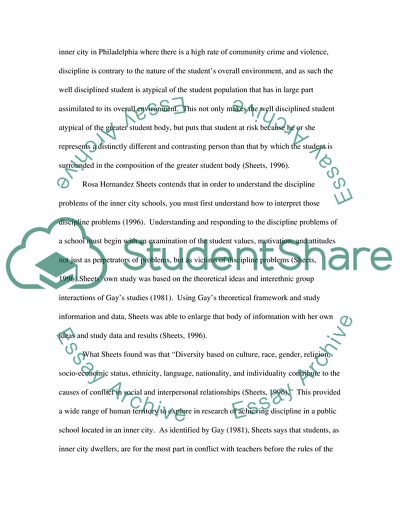Cite this document
(Understanding the Discipline Gap Through a Cultural Lens Literature review, n.d.)
Understanding the Discipline Gap Through a Cultural Lens Literature review. Retrieved from https://studentshare.org/education/1707158-ethinity-and-discipline
Understanding the Discipline Gap Through a Cultural Lens Literature review. Retrieved from https://studentshare.org/education/1707158-ethinity-and-discipline
(Understanding the Discipline Gap Through a Cultural Lens Literature Review)
Understanding the Discipline Gap Through a Cultural Lens Literature Review. https://studentshare.org/education/1707158-ethinity-and-discipline.
Understanding the Discipline Gap Through a Cultural Lens Literature Review. https://studentshare.org/education/1707158-ethinity-and-discipline.
“Understanding the Discipline Gap Through a Cultural Lens Literature Review”. https://studentshare.org/education/1707158-ethinity-and-discipline.


